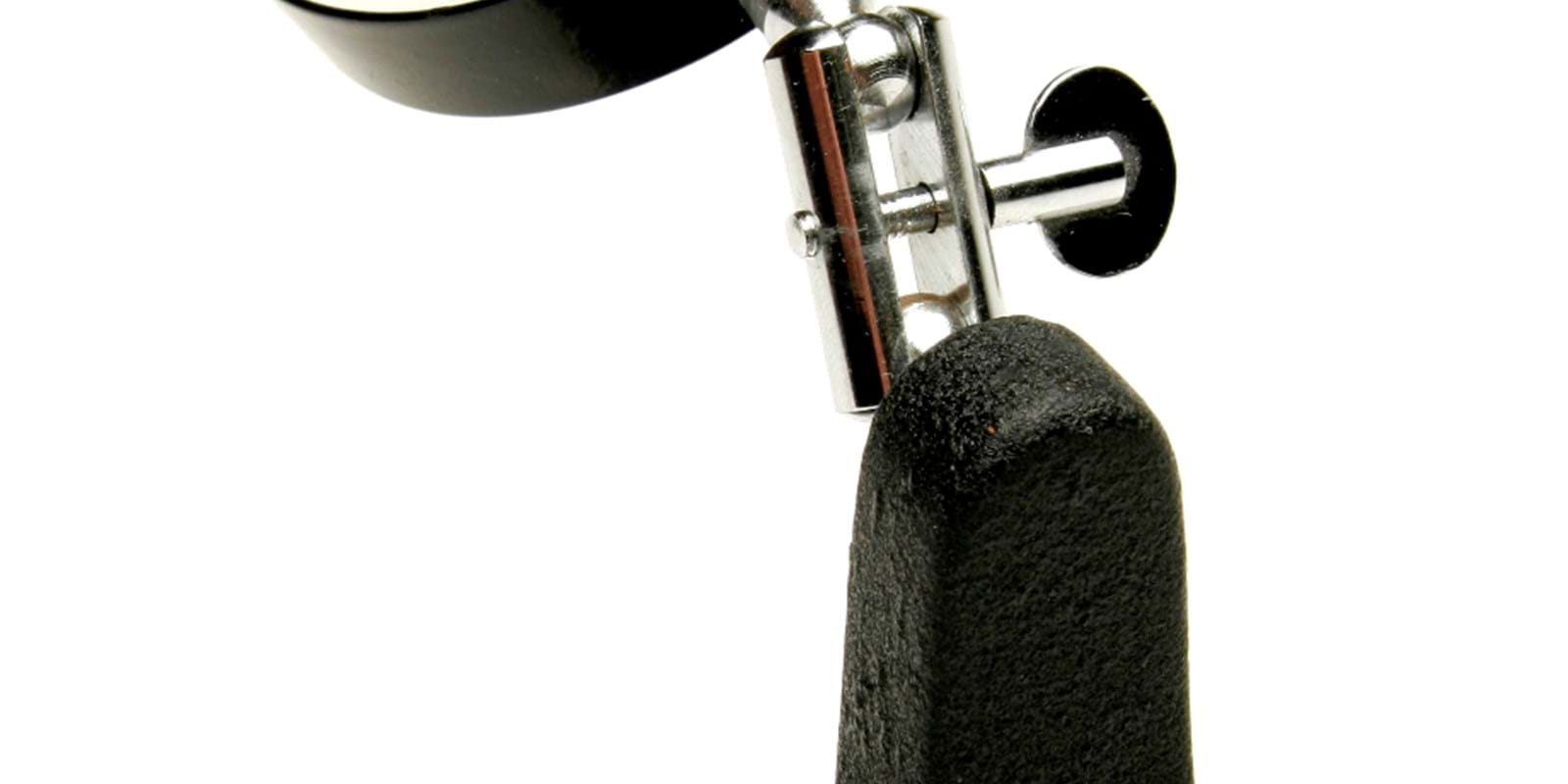WHAT IS RADON?
Radon is a colourless, odourless and tasteless gas, which occurs naturally in the environment. Radon leaks slowly from the ground, water and construction materials containing trace amounts of uranium, such as concrete, bricks, tiles and plasterboard.
Radon usually escapes from the ground into outdoor air where it mixes with fresh air resulting in concentrations too low to be of concern. However, when radon enters an enclosed space, such as a building, it can accumulate to high concentrations.
Exposure to high levels of radon in indoor air results in a increased risk of developing lung cancer. The risk depends on the concentration of radon and the number of years of exposure. Yet, for the same radon exposure, the risk associated is greater for smokers than non-smokers. In fact, radon is the second leading cause of lung cancer after smoking.
HOW DOES RADON ENTER THE HOME?
Radon, like any soil gas, does not knock at the door before entering your home. It infiltrates and accumulates in the lower levels of a building, the basement for example, where there is contact with the ground. During most of the year, the atmospheric pressure inside a house is lower than that of the soil surrounding its foundation. This difference draws air and other soil gases such as radon from the soil into the building. In essence, the house acts like a vacuum for soil gases. Radon gas can move through small spaces in the soil and rock upon which a house is built. It can seep into a home through dirt floors, cracks in concrete walls and slabs, sumps, joints, basement drains, under the furnace base and jack posts if the base is buried in the floor.
Though it occurs more rarely, groundwater from private and municipal wells can contain some dissolved radon if it is in contact with a significant source of uranium. When this water is agitated, by showering or doing the laundry for example, it can release the dissolved radon into the air and contribute to the concentration of ambient radon in the building. Municipal drinking water rarely contains high levels of dissolved radon because the water is sampled at the surface and is degassed during movement.
Regardless of the suspected main entry point of radon, a radon test of the ambient air in the house must be taken before testing the water.
HOW TO TELL IF RADON IS A PROBLEM IN YOUR HOME?
It is very difficult to predict the level of radon in a home because there are several factors involved, like soil characteristics, construction type, foundation condition, house occupancy and climate. The ONLY way to tell if there is a significant level of radon in a home is to TEST the air using an appropriate device called a dosimeter or a detector. The device is exposed to the air in the lowest lived-in level of the home. That means the lowest level that is used or occupied for more than four hours per day. For some, this may be a basement with a rec room, for others, it may be the ground floor. The device is then sent to a laboratory for analysis. Radon is measured in becquerels per cubic meter of air (Bq/m3). One becquerel is equal to the disintegration of one atom per second.
Some detectors can give a measure over a short period of time while others can sample data over several months. The concentration of radon usually varies depending on the season, but levels are generally highest in the winter months and are typically higher at night than during the day. The stack effect caused by heating, the sealing of buildings to save on energy costs and closing windows and doors are factors that reduce the movement of air and allow for the accumulation of radon.
For this reason, Health Canada recommends taking measurements over a period of three to twelve months ideally between October and April. Measurements covering a single season should be taken in winter. The most common devices used to measure radon levels in the home are alpha track detectors and electret ion chambers.
The new Canadian guideline stipulates that remedial measures should be undertaken in a dwelling whenever the average annual radon concentration exceeds 200 Bq/m³ in the normal occupancy area. Note that this is an annual average, thus the importance of measuring radon levels over a long period of time.
For more information about radon and to get the Guide for Radon Measurements in Residential Dwellings (Homes) visit the following website: www.santecanada.gc.ca/radon
By Isabelle Vézina, Radiation Specialist, Health Canada

